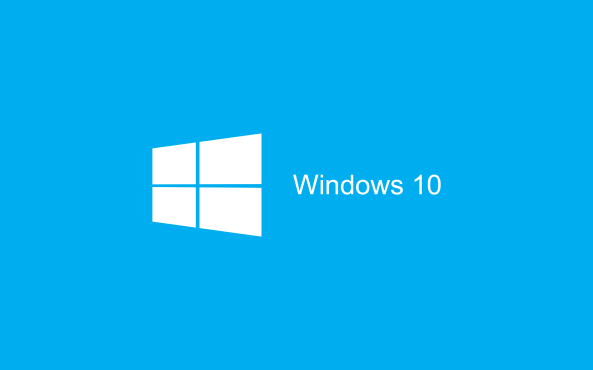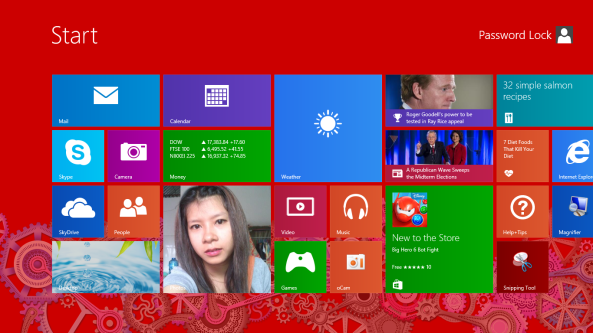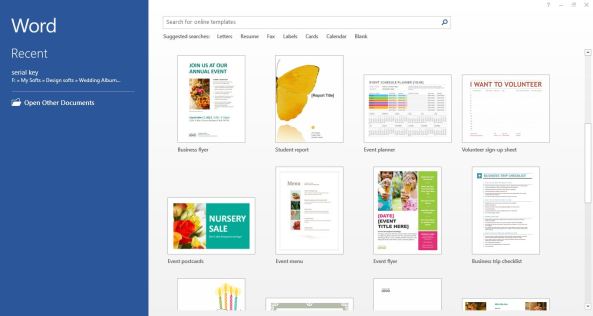Windows 10 is an upcoming version of the Microsoft Windows operating system. Unveiled on September 30, 2014, it is scheduled to be released in late 2015.
First hinted at in April 2014 at the Build Conference, Windows 10 aims to address shortcomings in the user interface introduced by Windows 8 by improving the user experience for non-touchscreen devices (such as desktop computers and laptops), including a revival of the Start menu seen in Windows 7, a virtual desktop system, and the ability to run Windows Store apps within windows on the desktop as well as in full-screen mode. Windows 10 will be available for desktops and laptops, and it has been announced it will be used on tablets, smartphones and other embedded Windows products.

Windows 10 is expected to be released in 2015. A technical preview build was released October 1, 2014, primarily for testing by enterprise and enthusiast users, and to collect feedback from these users. Microsoft also introduced a new Windows Insider program where participants will receive updated pre-release builds of Windows 10 in a “rapid release” manner, allowing the company to gather additional feedback throughout the development process. Previously, this dogfooding process occurred privately between public beta releases. Further details surrounding Windows 10, including consumer-oriented features, will be unveiled during future events such as Build 2015.
Microsoft has not yet released details on how Windows 10 will be distributed, or whether it will be treated as a free update like Windows 8.1, or a paid upgrade. Releasing 10 as a free update would put Microsoft closer in line with the update practices of other operating systems such as OS X, whose updates have been free since version 10.9. Since the release of Windows 8, Microsoft had begun to realign its consumer business model for Windows around building a user base for its online services and app store, rather than the sale of operating system licenses: Earlier in the year, Microsoft began offering free OEM licenses for Windows 8 on devices with screens under 9 inches.Prior to its unveiling, Microsoft Indonesia president Andreas Diantoro claimed that the operating system would be a free update for existing Windows 8 users.
For more info: Wikipedia.org













